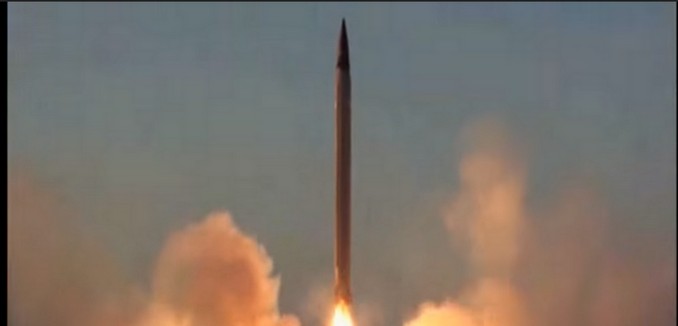Since agreeing to the nuclear deal with six powers, including the United States, in July 2015, Iran has tested 23 ballistic missiles, in defiance of language in a related United Nations Security Council resolution calling on Iran not to develop such weapons, according to a study released last week by the Foundation for Defense of Democracies (FDD).
The study of open source reporting on Iranian ballistic missile tests was conducted by Benham Ben Taleblu, a Senior Iran Analyst at FDD. The report concluded that 15 of those missiles were or likely were nuclear capable missiles. United Nations Security Council Resolution 2231, which formalized the deal, also known as the Joint Comprehensive Plan of Action (JCPOA) in the UN, called upon “Iran not to undertake any activity related to ballistic missiles designed to be capable of delivering nuclear weapons,” including tests.
The importance of inventorying exactly which missiles Iran has tested is essential, Taleblu wrote, because “knowing what systems it tests, when it tests them, as well as the success/failure rate offers insight into the regime’s long-term strategic intentions and capabilities.” It is also important to know in terms of how to counter the threat from Iran.
In order to properly assess the threat from Iran’s ballistic missile program, Taleblu recommends:
Congress should require that the White House release a tally of all post-JCPOA Iranian ballistic missile launches. This tally should be broken down by missile type, what international conventions it violates, if the test was successful, and if it can be considered nuclear-capable. This data should also inform the capabilities the U.S. maintains or is developing for both itself and its international partners to offset the Iranian missile threat.
He urged the government to provide greater transparency about the threats posed by Iran’s ballistic missile arsenal noting that while Iranian deception may lead to differing estimates of the Islamic Republic’s ballistic missile arsenal and launches, “there should be no debate that the actual number should have been zero.”
[Photo: IranPressNewsTube / YouTube]




